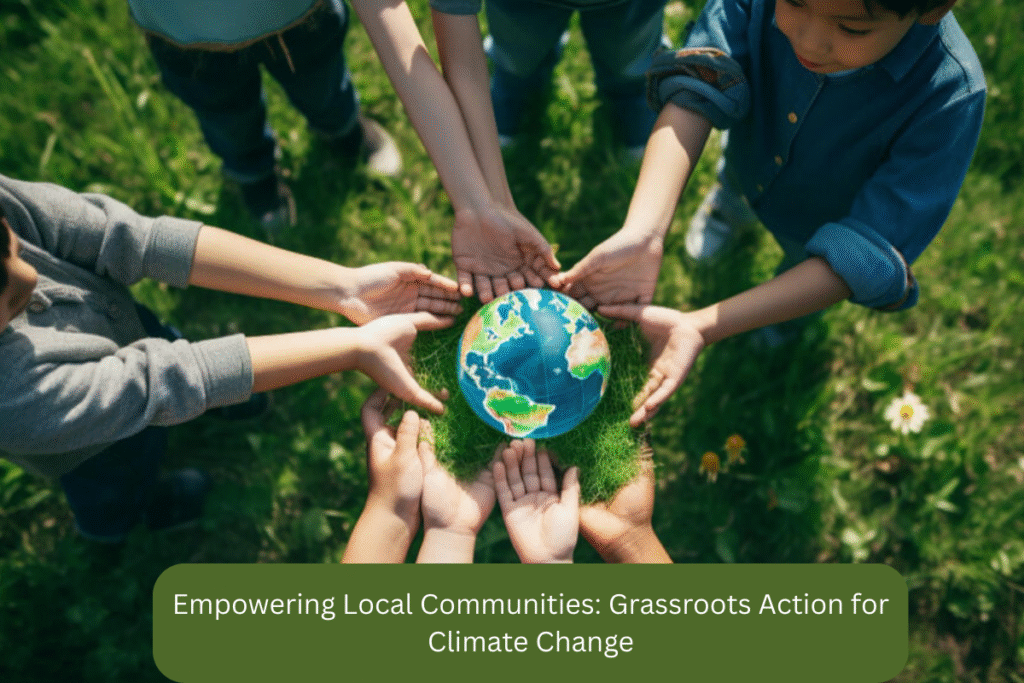
As the climate crisis intensifies, local communities are stepping up to drive change. While governments and large corporations play significant roles in global climate action, it’s often grassroots movements that spark transformative, community-driven initiatives. From sustainable agriculture to renewable energy adoption and climate justice advocacy, communities around the world are proving that local action can lead to global impact.
In this article, we explore how grassroots movements are empowering communities to take control of their environmental futures and create sustainable, climate-resilient solutions.
Why Grassroots Action Matters in Climate Change
- Local Solutions to Global Problems: Grassroots initiatives are often more adaptable and tailored to the specific needs of a community. They offer cost-effective, scalable solutions that can be rapidly implemented.
- Community Engagement: Empowering local communities fosters ownership and active participation, which is crucial for long-term sustainability.
- Equity and Justice: Grassroots action ensures that vulnerable populations, such as low-income communities and indigenous groups, have a voice in climate decisions that affect their lives.
Successful Examples of Grassroots Action
1. The Transition Town Movement
The Transition Town movement began in the UK as a response to growing concerns about peak oil and climate change. Communities adopted local energy projects, community gardens, and sustainable transport initiatives. This movement has since spread globally, empowering local communities to reduce their carbon footprint and become more self-sufficient.
2. The Plastic-Free Communities Initiative
Around the world, local communities have taken action to tackle plastic pollution. In places like Kamikatsu, Japan, and Vancouver, Canada, grassroots initiatives have successfully reduced single-use plastics by encouraging recycling programs and promoting the use of eco-friendly alternatives.
3. Community-Led Renewable Energy Projects
In Germany, the Energiewende or “Energy Transition” movement is a prime example of how communities can invest in and operate renewable energy systems like solar and wind farms. These projects give local people the opportunity to take control of their energy production, reducing reliance on fossil fuels and contributing to national carbon reduction goals.
FAQs About Empowering Local Communities for Climate Action
1. What is grassroots action in climate change?
Grassroots action refers to local, community-led efforts to address climate change by implementing sustainable practices, advocating for policy changes, and creating resilient systems.
2. How can local communities contribute to reducing carbon emissions?
Local communities can adopt renewable energy solutions, promote sustainable agriculture, reduce waste, and advocate for policies that support environmental justice and sustainability.
3. What are some successful grassroots climate action projects?
Successful examples include the Transition Town movement, plastic-free communities, and community-led renewable energy projects like the Energiewende in Germany.
4. How can grassroots movements influence global policy?
Grassroots movements often raise awareness, mobilize local communities, and push for policy change. When these movements grow, they can influence national and global climate policies.
5. What challenges do grassroots climate movements face?
Challenges include limited funding, resistance from established industries, and the need for widespread education and political support to scale initiatives effectively.
